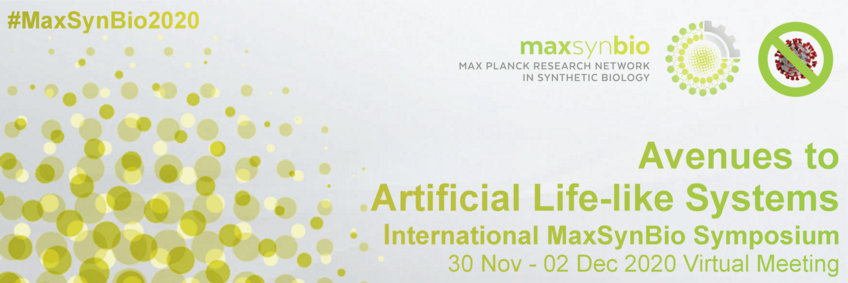
#43 - Molecular Dynamics Simulation of Antimicobrial Human Cathelicidin against Mammalian and Bacteria Model Membranes
Mahshid Danesh (Institute for Advanced Studies in Basic Sciences (IASBS), Zanjan)
Tuesday, 01 Dec 21:15 - 22:00 CET
Access to the BigBlueButton rooom for this Mini Talk via the lists for Monday and Tuesday.
Please make yourself familiar with BigBlueButton before you join the Mini Talk - read the instructions.
Abstract
Title: Molecular Dynamics Simulation of Antimicobrial Human Cathelicidin against Mammalian and Bacteria Model Membranes
Author(s): Mahshid Danesha
Affiliation(s): aInstitute for Advanced Studies in Basic Sciences (IASBS), Department of Biological Sciences, Zanjan, Iran
Abstract: Excessive consumption of common antibiotics has led to increased microbial resistance. Antimicrobial peptides (AMPs), are considered by researchers as one of these suitable alternatives. These small peptides which are often cationic, exist in the immune system of most living organisms and cause to low resistance. For designing more effective peptides, studying the function of these antimicrobial peptides is needed. LL-37, the only human cathelicidin peptide, is one of these important AMPs. In this study, using molecular dynamics simulation, we investigated the absorption of LL37 peptide in comparison with mammalian (DPPC) and bacteria (POPG:POPE) model membranes. Once we simulated this peptide perpendicular to the DPPC membrane from the both C and N termini; Then we repeated it in parallel direction. Then we studied the LL-37, parallel to DPPC and POPE: POPG membranes. The method in this project is Umbrella Sampling, for which we used the Gromacs software package. The results show that in the vertical positions, LL-37 is slightly better absorbed to the DPPC membrane from its N terminal, and in the parallel ones, it has a much greater absorption than either vertical orientations. In the parallel LL-37 but this time, against the POPE:POPG membrane, we see an appreciable increase in the absorption rate that it is due to the negative charge of this membrane. In this case the peptide loses much of its helical structure and the coil is its dominant structure. So, it results to greater flexibility and better action. Finally, we can conclude that the perpendicular LL-37 AMP from C-terminal has the least absorption to mammalian cells and Parallel LL-37 has the most absorption to bacteria cells.